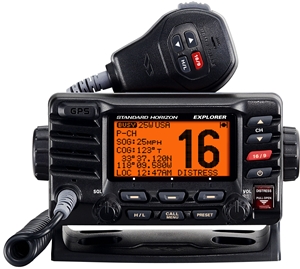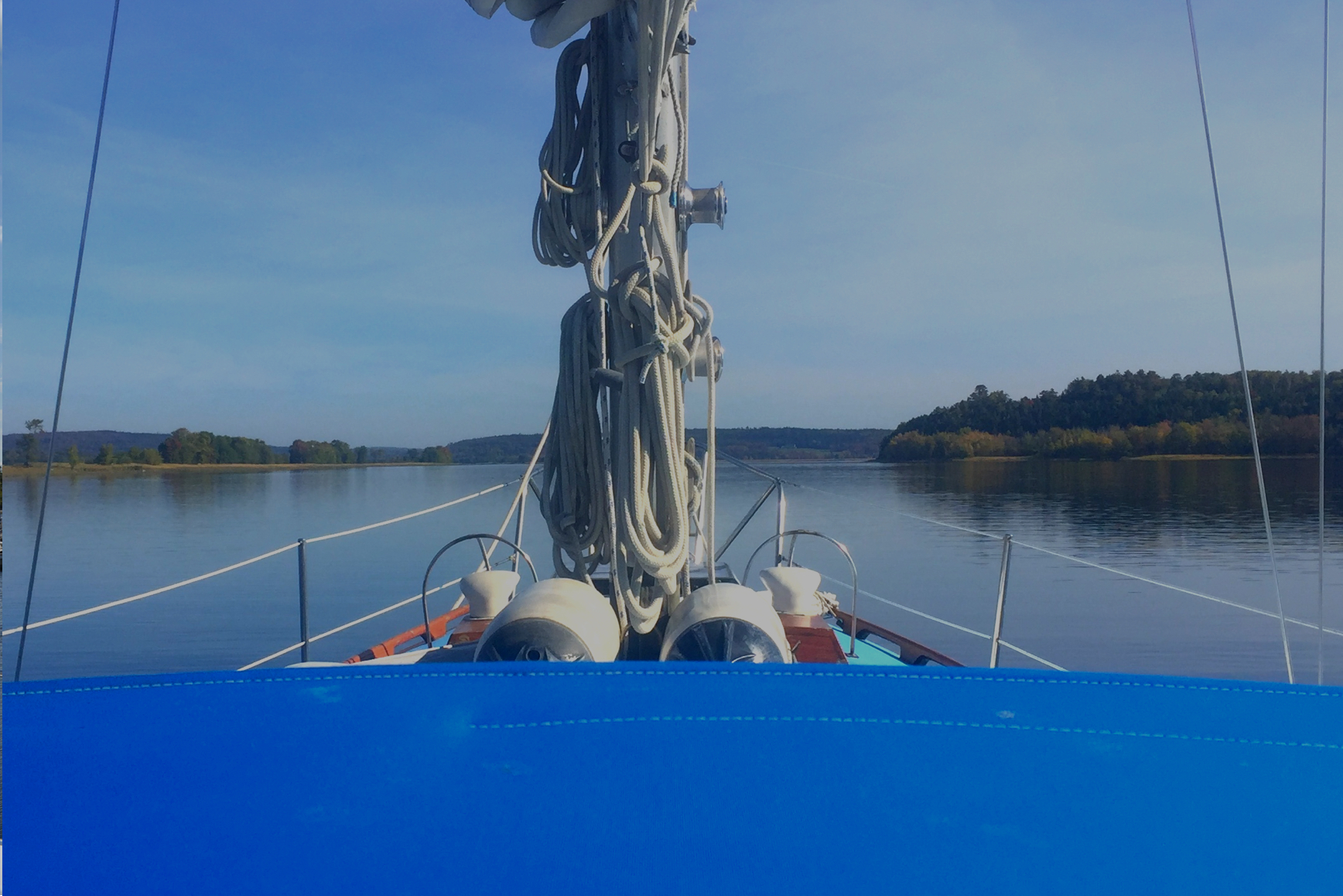ShoestringMariner
Lieutenant Commander
- Joined
- Apr 18, 2015
- Messages
- 1,605
Hey everyone, I'm looking to pick up components to do full refit on my 16' runabout. (early fish and ski with an outboard motor)
The boat currently has next to nothing in it. (bilge, cig lighter, nav/anchor lights)
I'm scrapping all the original wiring/knobs and adding or re-adding the following;
The trolling system will be 100% isolated from the main system with an onboard charger.
My questions (so far) are;
The boat currently has next to nothing in it. (bilge, cig lighter, nav/anchor lights)
I'm scrapping all the original wiring/knobs and adding or re-adding the following;
- Sonar
- GPS
- Bilge 1
- Bilge 2 (back up)
- Nav lights (Led)
- Anchor light (led)
- cabin/feature lighting (led)
- Lit compartments
- Marine radio
- Future stereo
- Dual USB port
- 12v Accessory port
- 12v starter motor volt monitor (digital) and one for the trolling batteries
- 12v main kill switch
- 12v battery switch 1,2, off for trolling batteries
- Live-well aerator
The trolling system will be 100% isolated from the main system with an onboard charger.
My questions (so far) are;
- Where's the best place to put the main kill switch? I'd like to kill the system for off use (no parasitic draw or oops, I left the ignition on). I'm thinking at the back above the starting battery
- Should I run 2 batteries for the main system? (starting & accessories, or one deep cycle/starting) I really don`t want 4 batteries in this small boat. I`m running a Humminbird Helix7 down/side image fish finder and will be adding a tablet for Nav. (or dedicated nav)
- I prefer the Sea Dog 5 or 6 toggle panel with mini LED's. Or are the toggle/rocker switches with circuit breakers better than using a fuse block? I don`t see blowing many fuses.
- What size cables should I run to power the fuse block, AWG 8?
- How parasitic are led illuminated switches? (Ie; illuminated horn buttons etc. )
Last edited:






















